Overview
Map
Other Details
كنيسة سيّدة المعونات
Ain El-Kharroubeh
Metn
Mount Lebanon
كنيسة سيّدة المعونات - عين الخرّوبة الكنيسة الأولى مجهولة تاريخ البناء. في القرن الثامن عشر أعاد أهالي بناء كنيستهم القديمة التي كانت بخطر الإندثار وكانت هذه الكنيسة رعائيّة لكلّ القرى المجاورة. سنة ١٨٦٢ قرّر أهالي عين الخرّوبة توسيع الكنيسة لتُصبح رعيّتهم. لم يتمكّن أهل الرعيّة من إنهاء مشروعهم، إلى أن حدثت هذه الأعجوبة: يوم ذهب الشيخ ضاهر الجميّل إلى عكّار، فخطفه الحمّاديّين و سرقوه ورموه في الجرود ليموت، فنذر للعذراء لتُعينه، فنجّتهُ من الموت. عاد الأخير إلى بلدته وأكمل بناء العقد المُصالب فكان النجاز منه سنة ١٨٨٢ وكرّس الكنيسة المطران نعمة الله سلوان سنة ١٨٩٢. تضمّ الكنيسة مذبحًا مرمريًّا زهريًّا، كذلك أيقونة أمّ النور وهي أيقونة مارونيّة للراهب بطرس القبرصيّ تعود لسنة ١٧٢٦، ولوحةً للعذراء من عمل داوود القرم. The church of Our Lady of Perpetual Help - Aïn el Kharroubeh The first church built on the site has an unknown history, records show that it was renovated in the XVIIIth century and became the parochial church for all the surrounding villages. In 1862 the people of Aïn el Kharroubeh decided to rebuild the church, yet many problems occurred leaving an unfinished structure. In the same year Sheikh Daher el Gemayel went to Akkar and was kidnapped by the Hammadis who stole him and left him stranded in the mountains to die. He then asked the Blessed Virgin to help him, and she miraculously saved him. He then went back to his village and completed the crossed vault in 1892. The church was reconsecrated by Mgr. Nematullah Selwan in 1892. The church’s altar is made with a beautiful pink marble stone. It holds a maronite icon called The Mother of Light by Fr. Boutros the Cypriot dating back to 1726, and a painting by Dawoud el Qorm.
Visited 2255 times, 11 Visits today
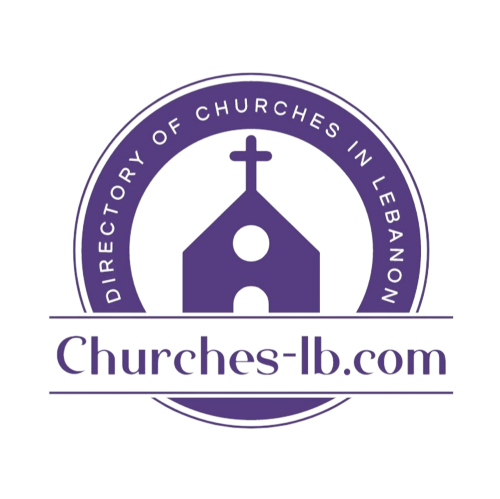
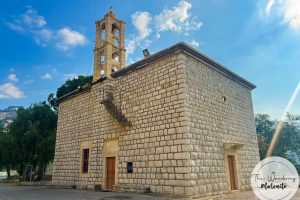
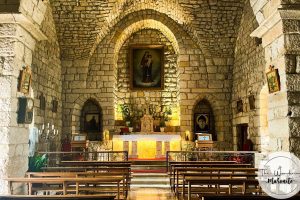
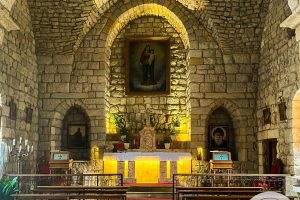
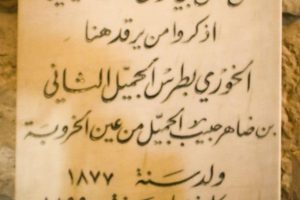
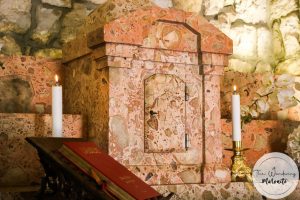
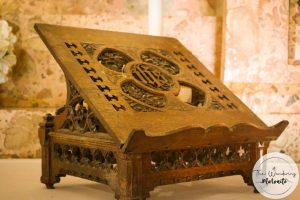
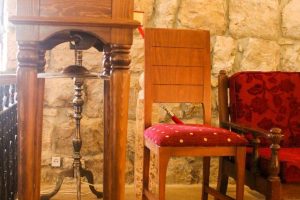








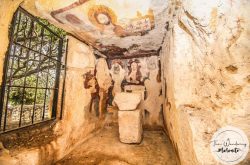
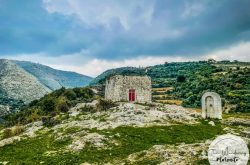
Reviews are disabled, but trackbacks and pingbacks are open.